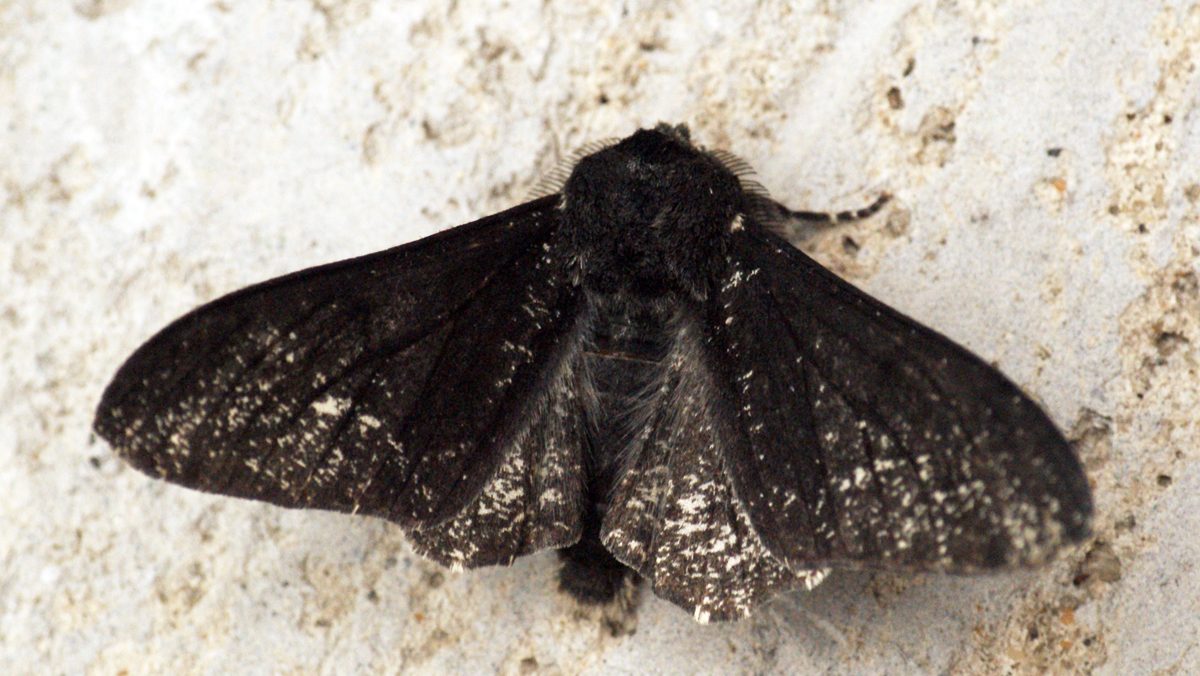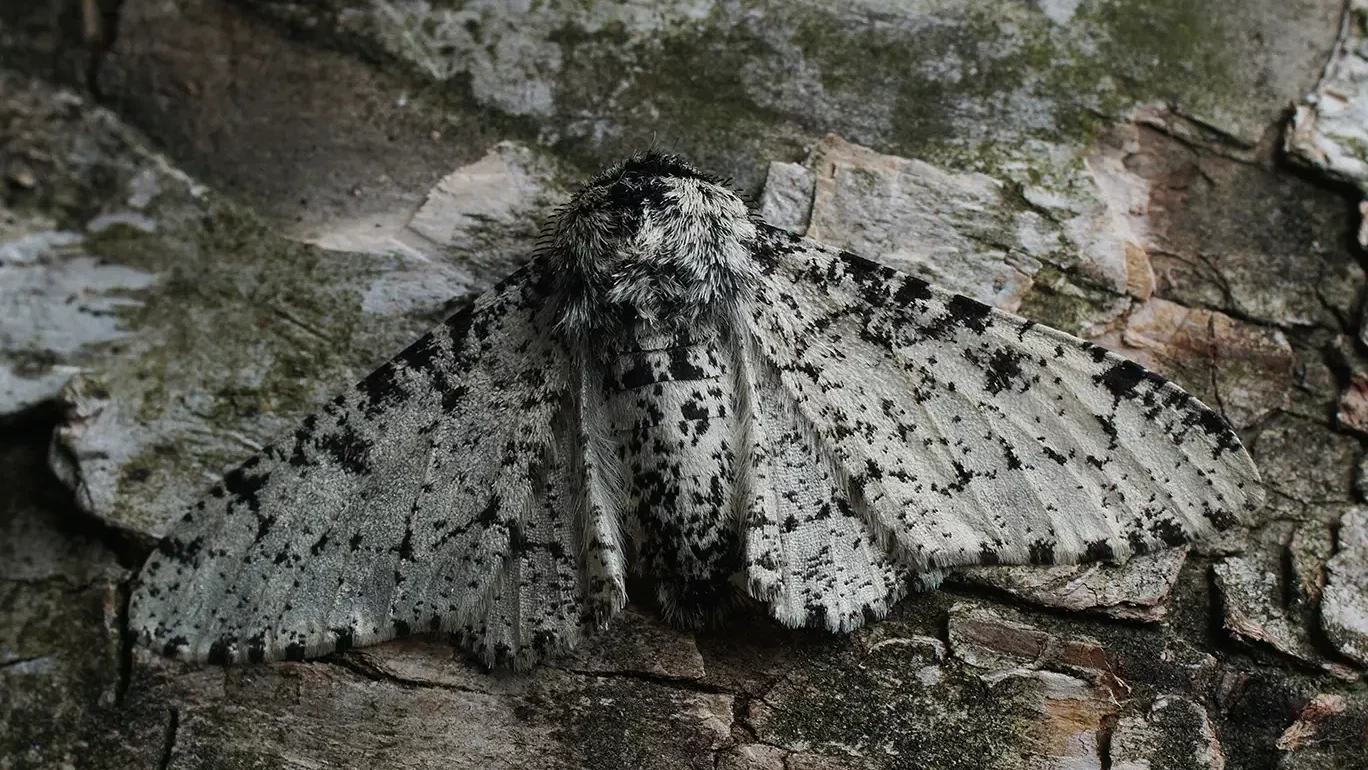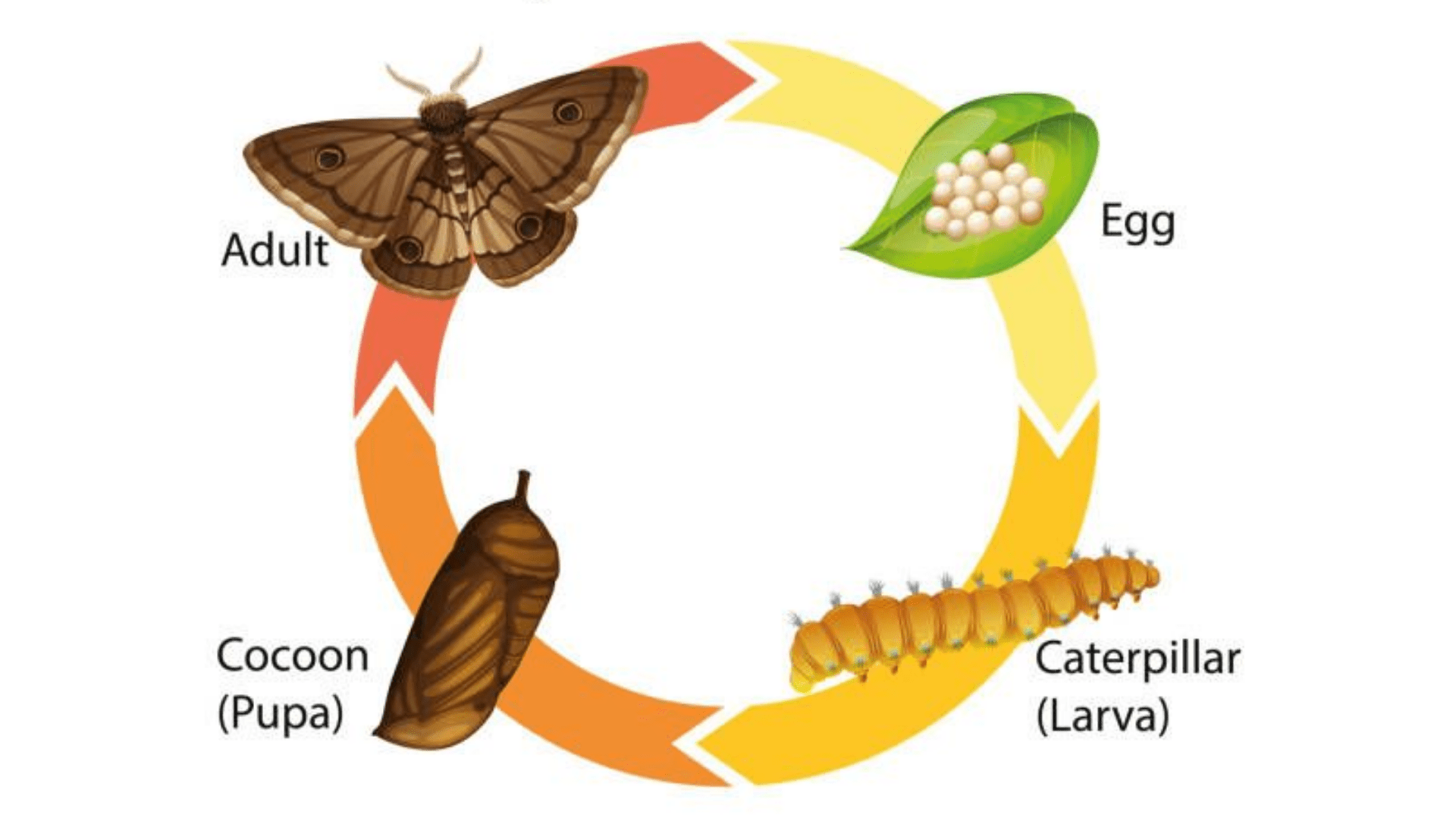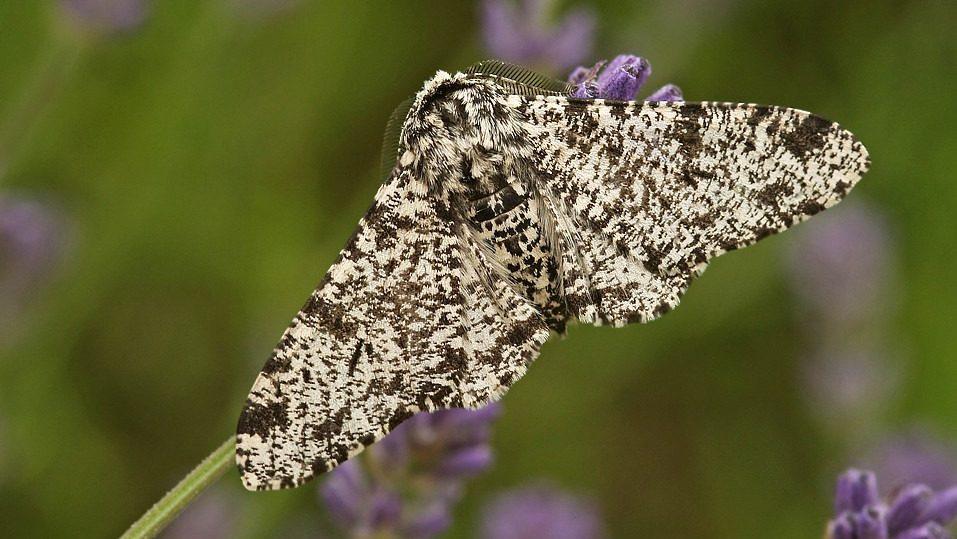Key Takeaways
- Peppered moths (Biston betularia) live in temperate woodlands, forests, parks, and gardens across Europe, North America, and parts of Asia.
- They are famous for demonstrating evolution through natural selection, known as “industrial melanism.”
- Peppered moths adapted during Britain’s Industrial Revolution, changing from light to dark colors due to pollution.
- Their camouflaging ability protects them from predators, blending with lichen or soot-covered tree bark.
- Nocturnal by nature, peppered moths are active mostly between May and August, with a life cycle of about one year.
- Unlike household moths, they pose no threat to homes, gardens, or personal belongings.
- Conservation efforts and reduced pollution have led to the resurgence of the lighter moth variant in recent years.
 The Peppered Moth, scientifically known as Biston betularia, is a fascinating species of temperate black-and-white moth that has captured the attention of scientists and nature enthusiasts alike. These modest-looking insects have an extraordinary story, particularly because of their remarkable adaptation through natural selection. Interestingly, despite their small size, these moths are masters of cryptic camouflage, blending seamlessly into their natural surroundings as they rest upon tree barks and branches.
So, where exactly can you find these intriguing moths, and why do their habitats matter so much in the story of evolution?
The Peppered Moth, scientifically known as Biston betularia, is a fascinating species of temperate black-and-white moth that has captured the attention of scientists and nature enthusiasts alike. These modest-looking insects have an extraordinary story, particularly because of their remarkable adaptation through natural selection. Interestingly, despite their small size, these moths are masters of cryptic camouflage, blending seamlessly into their natural surroundings as they rest upon tree barks and branches.
So, where exactly can you find these intriguing moths, and why do their habitats matter so much in the story of evolution?
Habitat and Geographic Distribution
- Peppered moths predominantly inhabit temperate regions across the Northern Hemisphere. Their presence is particularly notable in:
-
Europe: Peppered moths are commonly found in Britain, Germany, and France, particularly in wooded and suburban areas.
-
North America: Widespread across the U.S. and Canada, they thrive in forested environments and residential neighbourhoods.
-
Asia: Occasionally seen in Russia, China, and Japan, though their distribution is more limited compared to Europe and North America.


Not getting a solution?
Get your free pest control estimate today!Understanding the “Peppered” Appearance
The unique black-and-white speckled appearance of the Peppered Moth serves a very important purpose—camouflage. Their wings resemble pepper sprinkled onto a pale surface, an effective disguise against predators.The Remarkable Story of Natural Selection
Perhaps the most captivating aspect of peppered moths is their profound demonstration of natural selection. During the Industrial Revolution in Britain, the environment changed dramatically due to heavy pollution from coal factories. The once pale, lichen-covered trees became coated in dark soot, significantly altering the moth’s natural habitat.| Era | Environmental Conditions | Dominant Moth Form | Predation Risk |
|---|---|---|---|
| Pre-1800s | Clean, lichen-rich bark | Light-colored (typica) | Low |
| 1850–1900 | Soot-covered, dark bark | Dark-colored (carbonaria) | Low |
| Post-1960 | Cleaner bark | Light-colored (typica) | Low |
As environmental conditions improved after clean-air regulations in the 20th century, lighter moths regained their advantage, demonstrating evolution’s dynamic nature.

Peppered Moth Life Cycle and Behavior
- Peppered moths follow an annual life cycle marked by distinct seasonal phases:
-
Summer: Eggs are laid on tree bark by adult moths.
-
Late Summer to Fall: Eggs hatch into caterpillars, which feed on deciduous leaves during this period.
-
Winter: Caterpillars pupate and remain hidden from predators, entering a safe, dormant stage.
-
Spring: Adult moths emerge, mate, and begin the cycle again.
Camouflage and Predation
Birds such as robins, tits, and flycatchers pose significant threats to peppered moths. Their survival depends largely on their ability to blend into their environments, making their camouflage skills absolutely crucial.
Are Peppered Moths Harmful or Pest-like?
Despite being featured on a pest control website, it’s important to clarify that peppered moths pose no threat to humans or their homes. They do not invade interiors, damage clothing, or significantly harm garden plants. Their ecological role is strictly outdoors and beneficial.Quick FAQs
-
Where are peppered moths predominantly found?: Mainly in temperate regions of Europe, North America, and parts of Asia.
-
Why are peppered moths significant in biology?: They clearly demonstrate natural selection and rapid evolutionary adaptation.
-
Do they damage clothes or property?: No, peppered moths are harmless outdoor insects.
-
What do pepper moth caterpillars consume?: Primarily leaves from trees like birch, oak, and willow.
Why Peppered Moths are Important
The peppered moth remains an essential example in understanding evolution and environmental adaptation. Their incredible story highlights nature’s dynamic responsiveness to human-induced changes and underscores the delicate balance within ecosystems. Next time you’re outdoors, pay close attention—you might spot one of these remarkable moths silently resting, subtly illustrating nature’s beautiful complexity.With expertise in handling different species and effective control strategies, we ensure your home remains moth-free. Our professionals understand the best ways to target moth infestations and other pest problems, providing long-lasting relief without compromising safety. Need an estimate for pest control? Our team is standing by, ready to help. Get A Risk Free Estimate!





